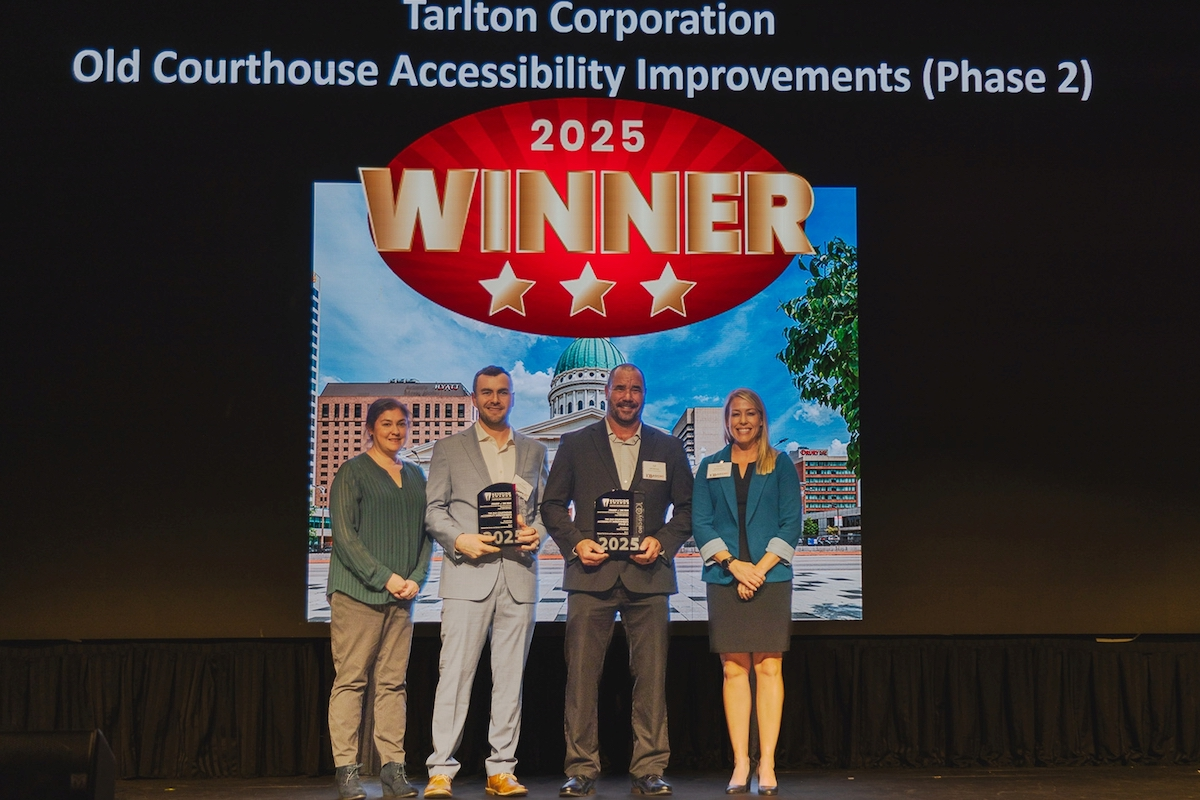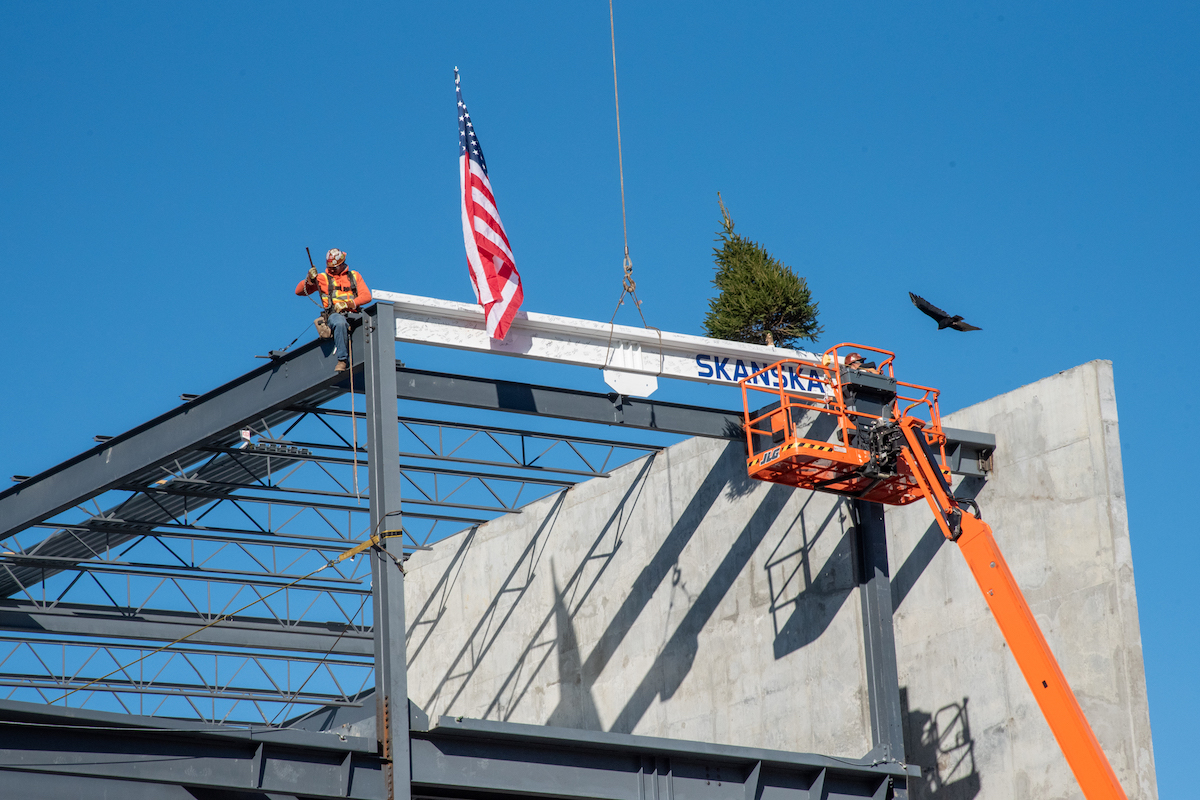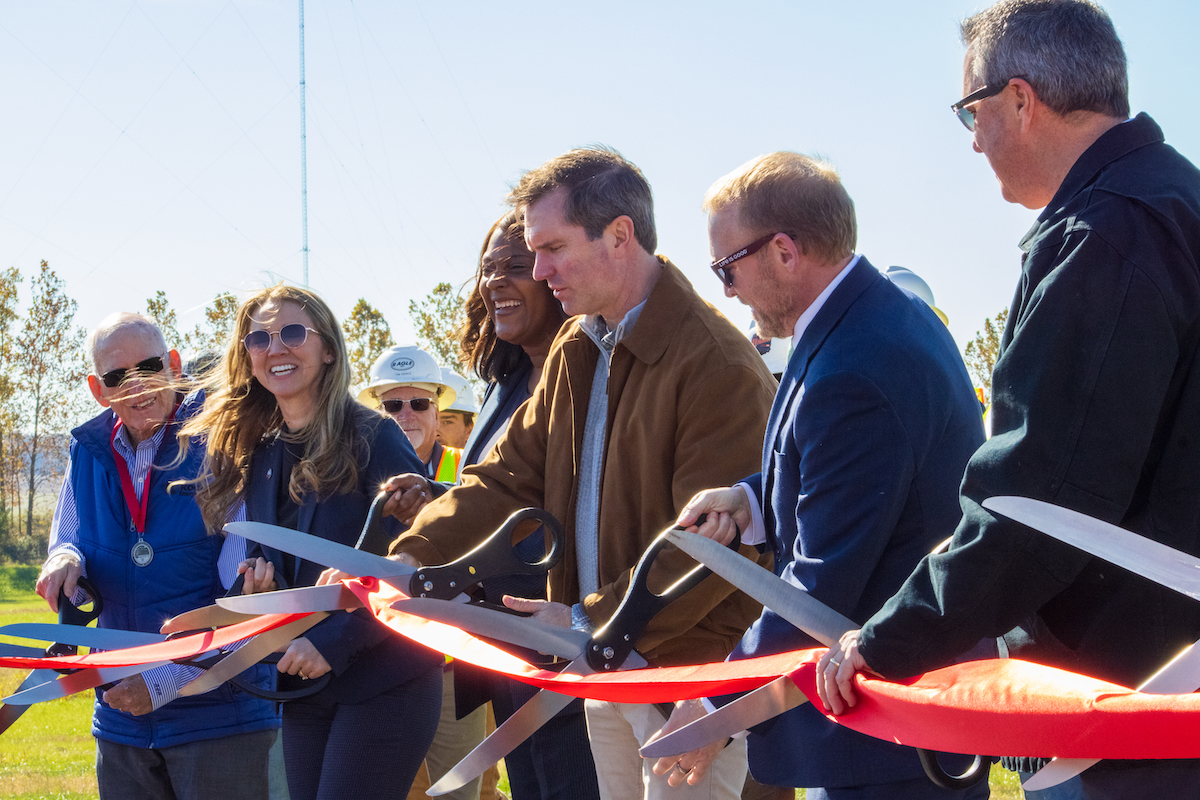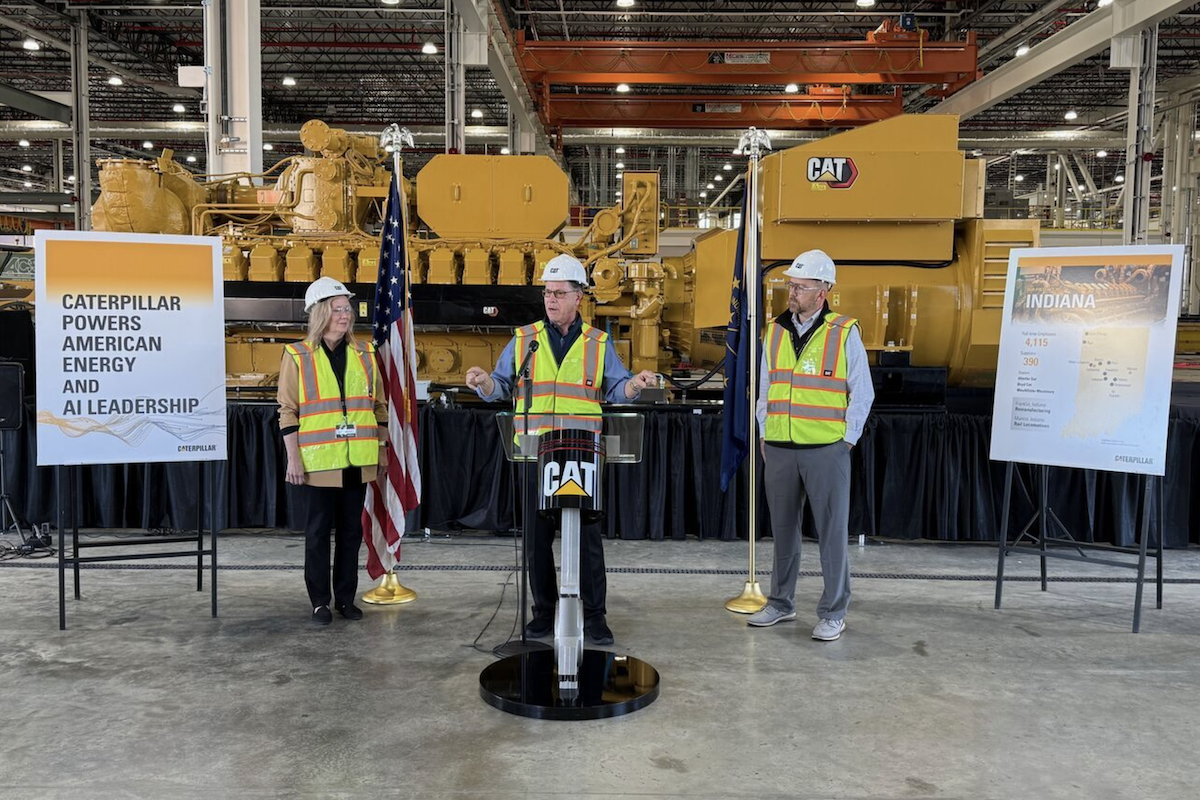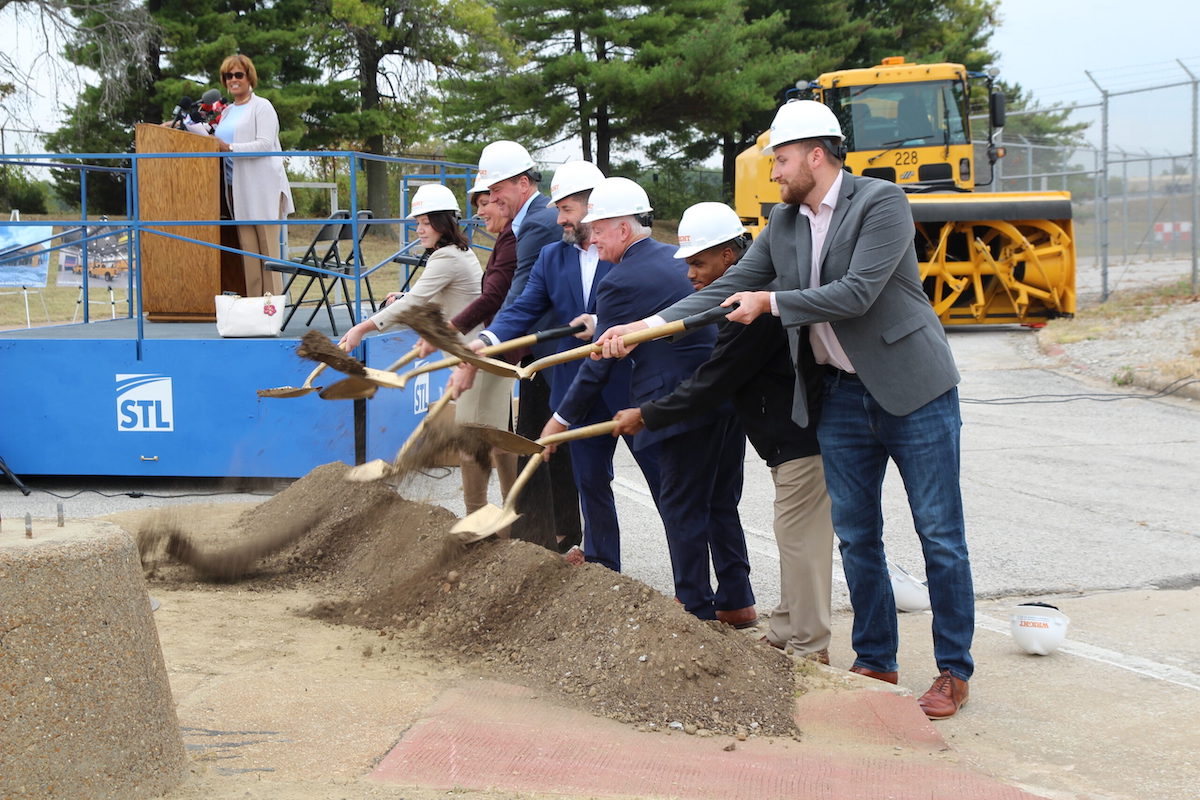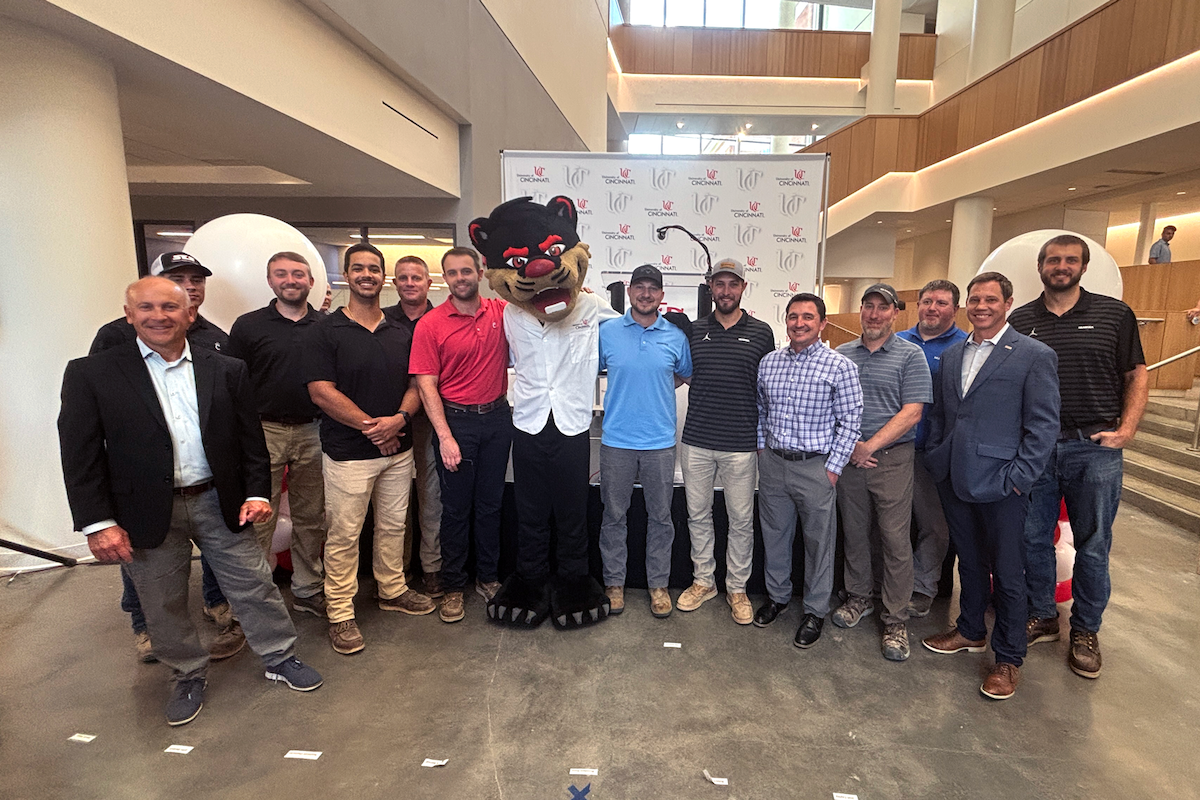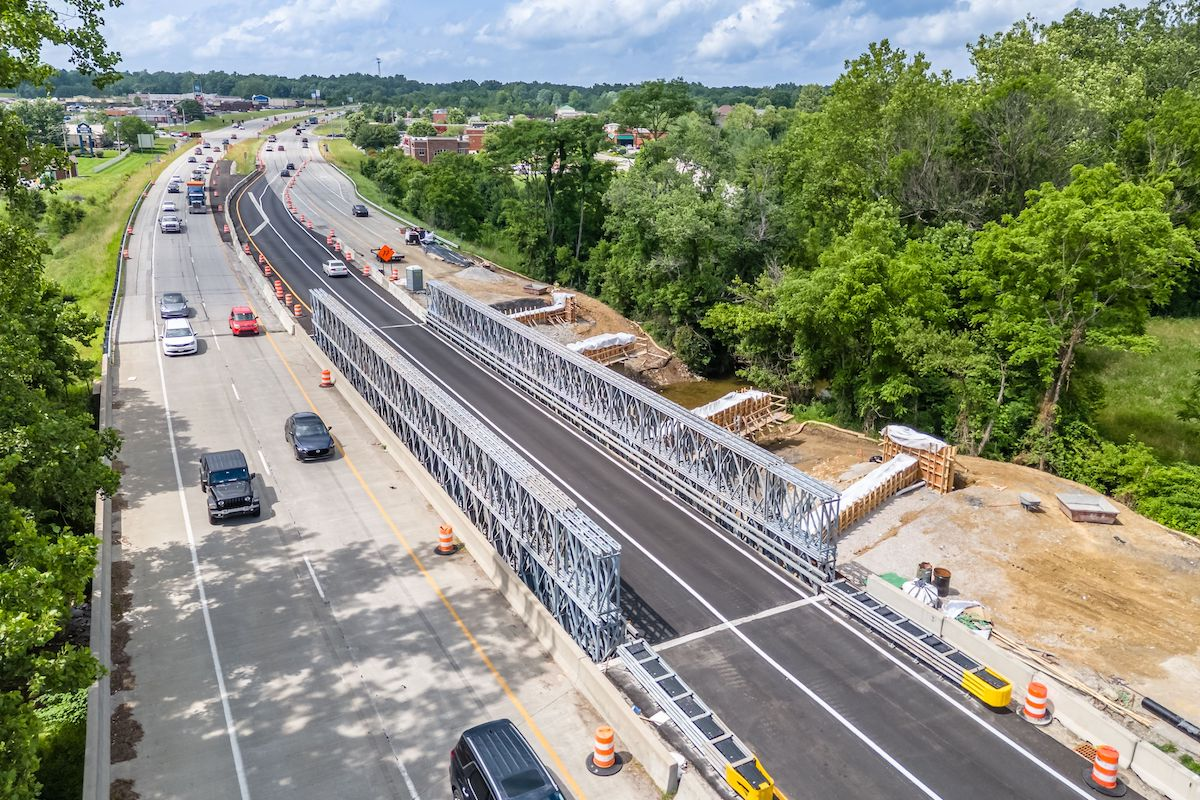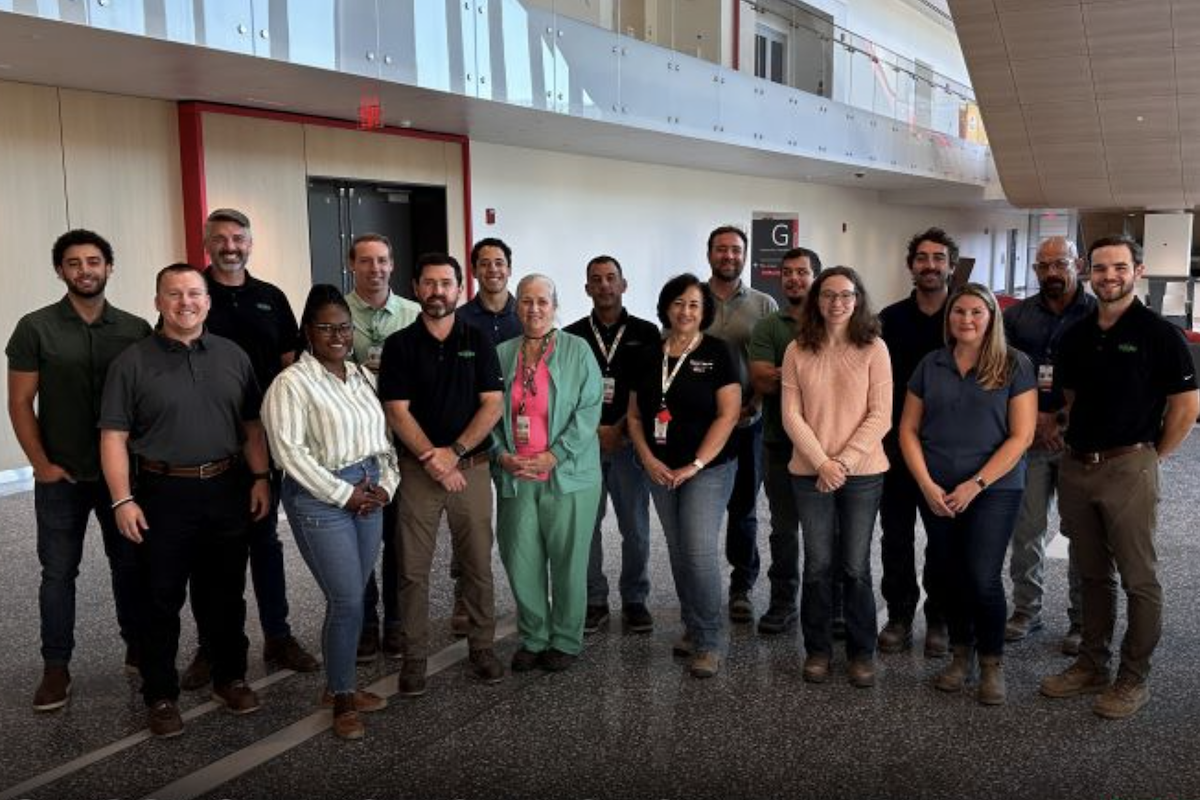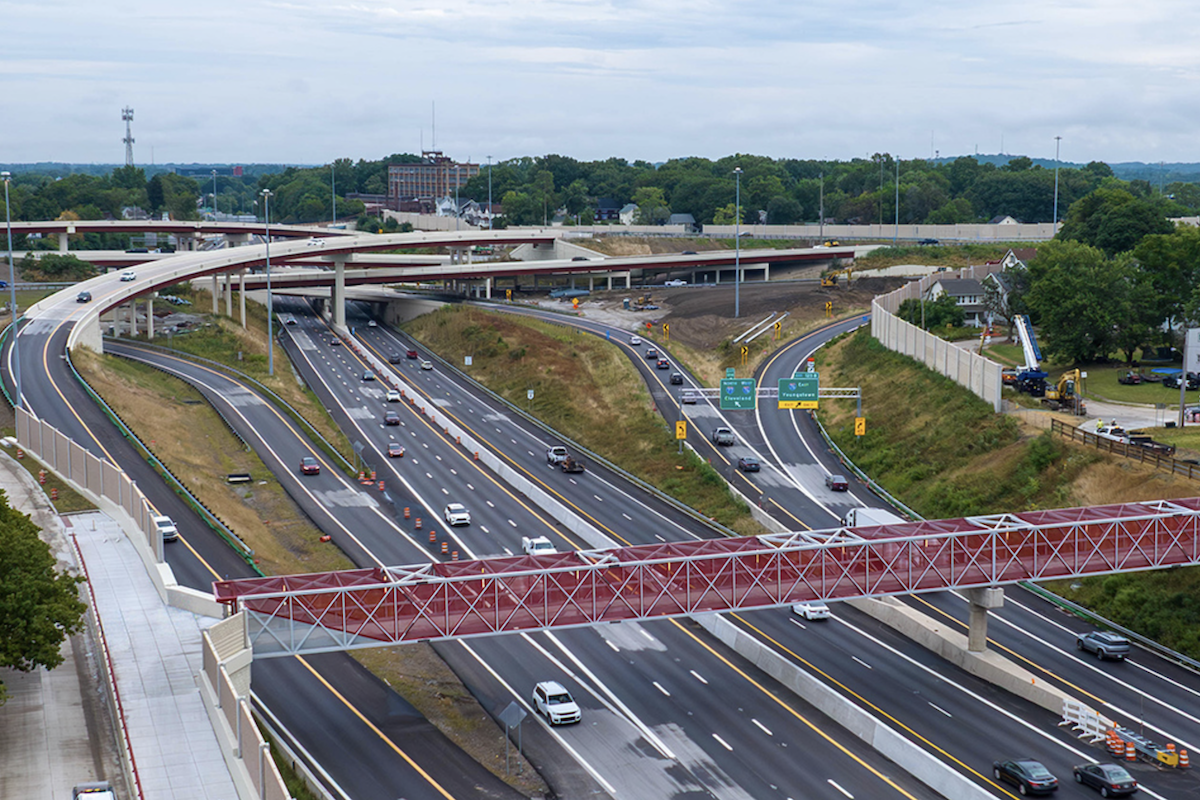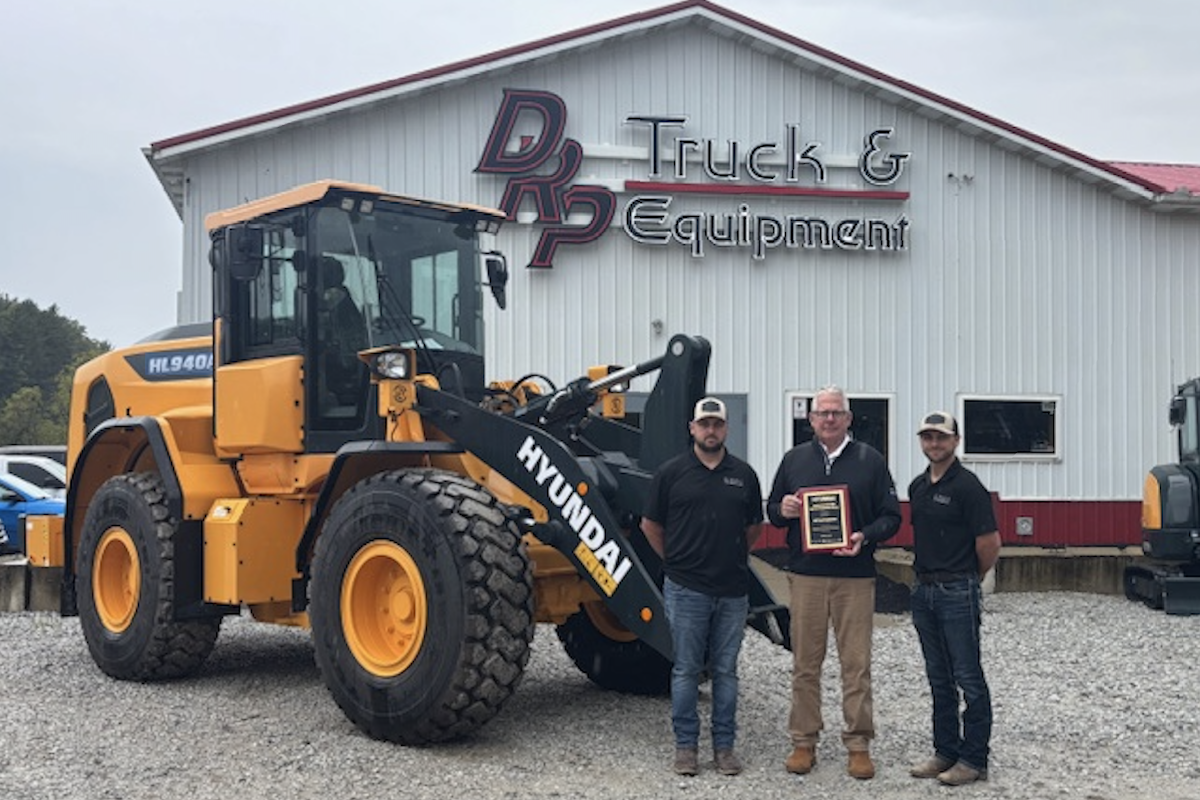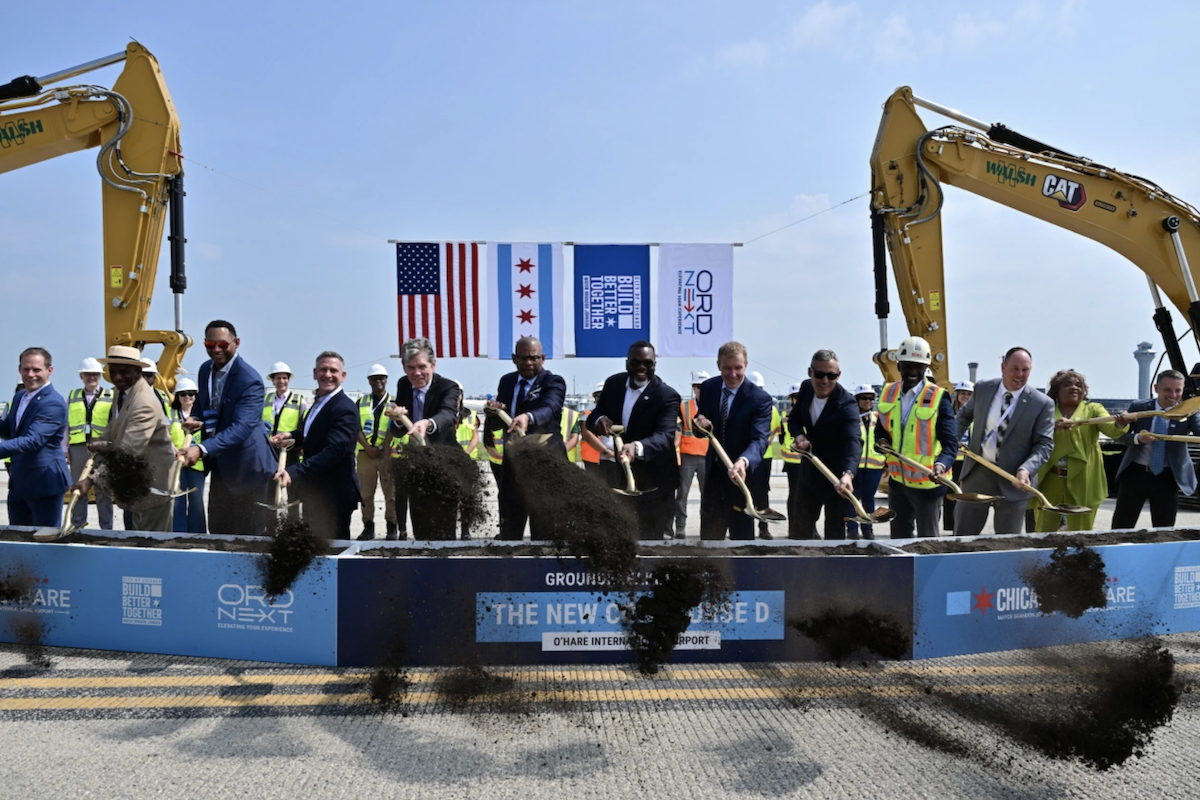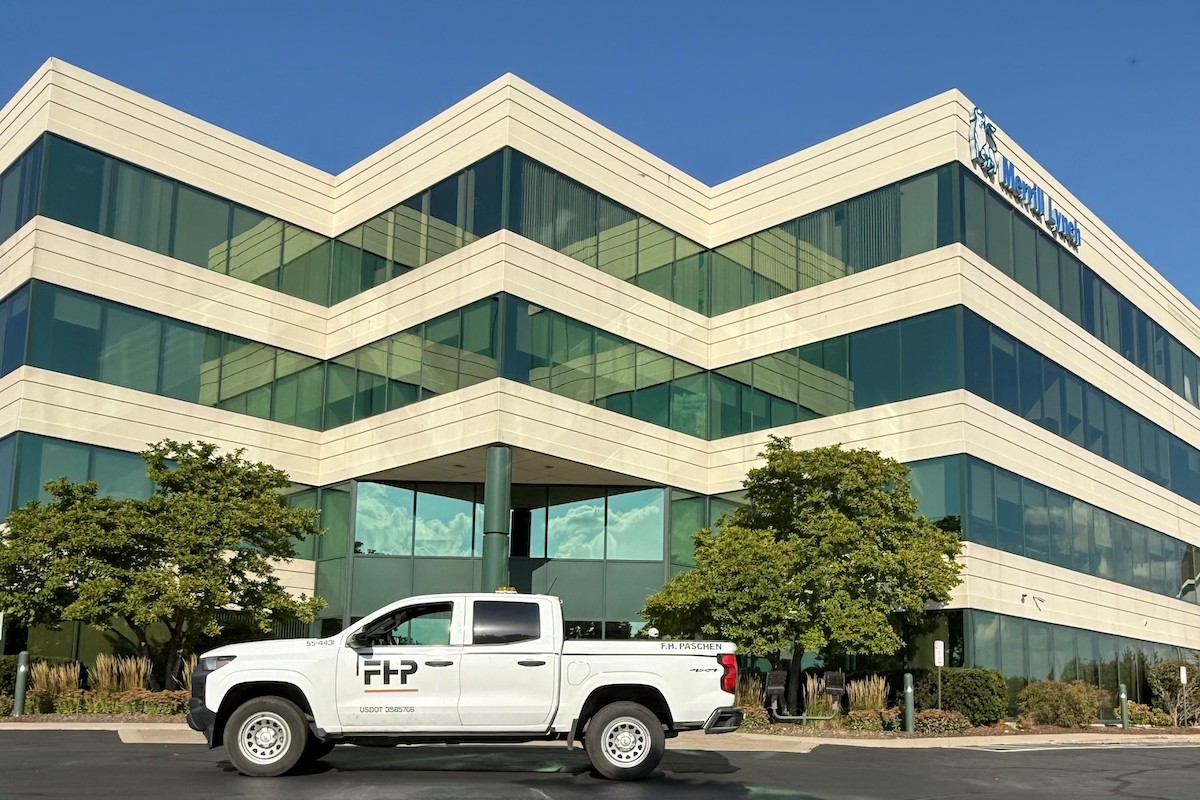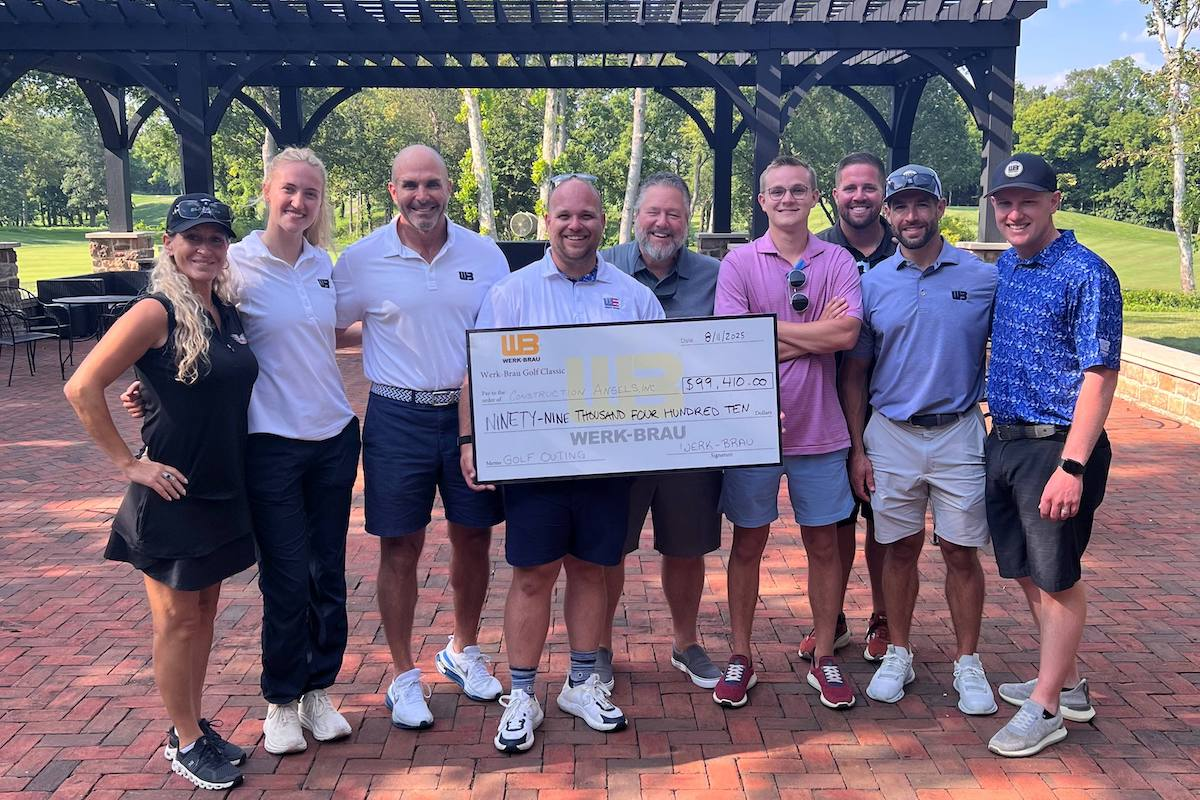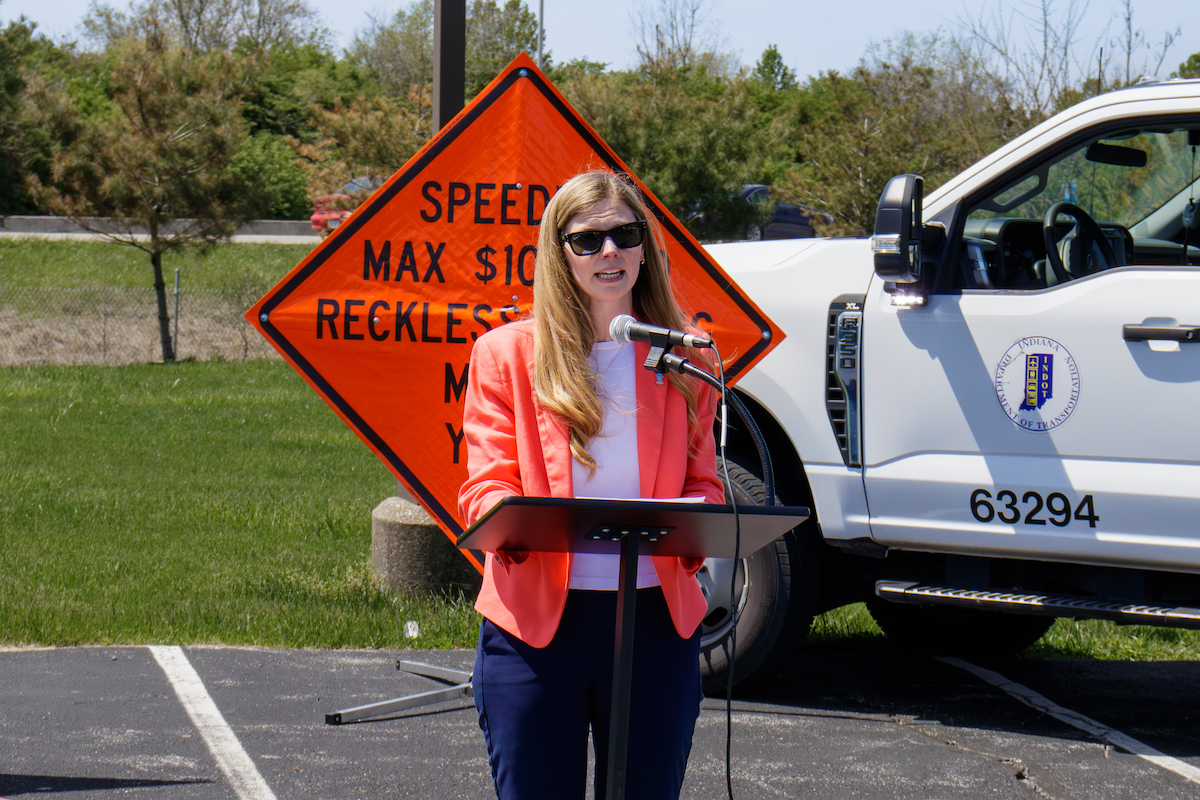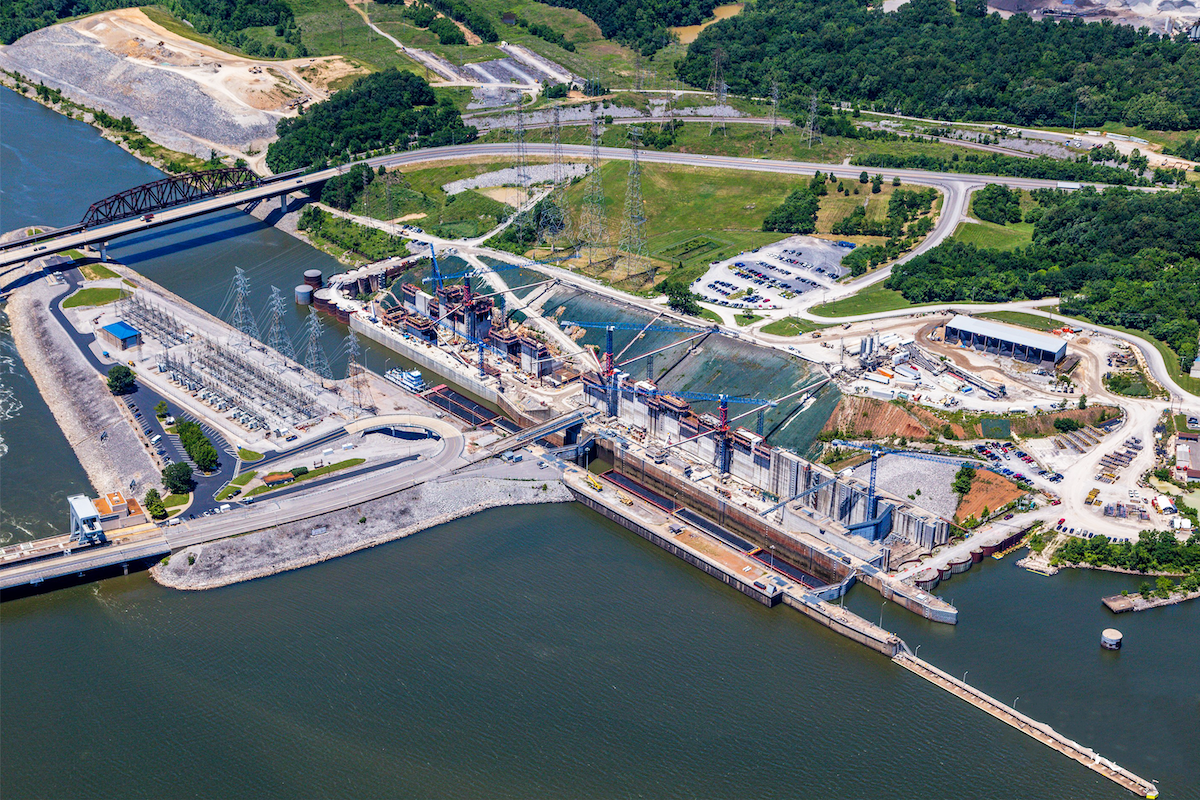The 5-mile stretch of I-95 that the project covers is part of a critical East Coast corridor. It’s the main feeder to numerous ports, airports, trucking, freight transfer, and distribution centers, as well as a connection for millions of residents and visitors within an hour of the project segment. The average daily traffic count is approximately 110,000 vehicles, with 18 percent of the traffic being trucks. Therefore, keeping I-95 in good repair is a must. When a highway is 50-plus years old, things deteriorate and repairs are needed.
“We scoped the area and decided a corridor approach would be the most appropriate path forward,” says Jason Hastings, Chief of Bridges and Structures for DelDOT, who has worked on the project from concept until construction. “We were told we could only impact traffic for two years and decided to try and get as much done as possible in that time frame.”
Included in the project is the repair of 19 bridges, I-95 pavement, and ramps within the project limits are all part of the project.
Specifics include removing and replacing the top 2 inches of concrete on the bridge decks, resurfacing and repairing roadway, replacing deteriorating concrete traffic barriers and roadway expansion joints, painting the overpass bridges north of the Wilmington Viaduct, and completing steel and concrete repairs.

| Your local Case Construction Equipment Inc dealer |
|---|
| Burris Equipment |
Hastings adds, “The 50-plus year old interstate has deteriorating lighting that is below standard, guard rails and other safety features that are not up to standards. All of those things will be brought up to a state of good repair, which adds a safety element to the project.” On that same note, two on-ramps that are high accident areas are being reconfigured to increase safety.
DelDOT did some advance projects prior to starting on the main work to lessen traffic impacts. The projects included resurfacing improvements and lane reconfigurations to Wilmington streets, upgrading traffic signals to better manage diverted traffic, as well as work on the Christina River Bridge and approaches.
DelDOT elected to use the Construction Manager/General Contractor (CM/GC) method to build this project. In this method, the contractor becomes engaged in the project during the design phase. The contractor has input on the design and budget and can provide innovation and expertise on how to construct the project.
Kiewit won the bid for preconstruction and later won the bid to be the contractor during construction. Donald Arant, who served as the preconstruction manager of Kiewit and is in an executive role during construction, noted this type of delivery method inspires a full partnership and gives the contractor an opportunity to impact design and mitigate risks.
Arant and the Kiewit team have already done two major actions that have impacted construction. The project was originally scheduled to have nine major phases, but “we got it down to two major phases, which has cost benefits and positively impacts the schedule,” says Arant. The second action was related to powerlines that are under a bridge that Amtrak uses. “We have experience working with Amtrak and were able to develop a demo shield innovation and not move the power lines which mitigated a significant risk. Plus, we completed the installation of the demo shields before major construction began,” says Arant.

| Your local Atlas Copco CMT USA dealer |
|---|
| Brandeis Machinery |
Lindell, design consultants, and Kiewit personnel are all in the same office building. They all ride the job every day looking for issues that may come up. When something comes up, it is discussed right away, and a solution is quickly found.
Access to the work zone is also a challenge. Again, I-95 is heavily trafficked in the area, so getting the massive quantities of materials needed for the job to and from the site is time-consuming. “We transfer materials to and from the site at night,” Arant says. The team also does some demolition offsite when possible.
Similarly, Lindell notes driving through the entire job is no longer possible – without getting on the remaining open lanes of I-95 – due to all the various activities occurring. “We created access points to facilitate the movement of the team.”
To ensure smooth construction, the team is using hydro demolition machines. The machine sprays water at a very high pressure to demolish the concrete. The water is calibrated to remove the desired amount of depth. This accelerated construction technique leaves a nice surface so it gets a good bond.
The project has a budget of $205 million (including contingencies) and is being funded by the state via a Grant Anticipation Revenue Vehicle bond (GARVEE). The Federal Highway Association says of GARVEE bonds, “Specific to highways, a GARVEE is used as a term for a debt instrument that has a pledge of future Title 23 Federal-aid funding. Significantly, it is authorized for Federal reimbursement of debt service and related financing costs.” The federal government paid 80 percent of the budget for the design phase.

| Your local LeeBoy dealer |
|---|
| Brandeis Machinery |
So far, the project is on budget. Lindell credits the CM/GC delivery method and Kiewit. They’ve helped by identifying potential risks, creating a risk register, and assigning a value if the risk comes to pass.
Avant adds, “CM/GC drives a true partnership and fosters collaboration.”
When the corridor is restored, commuters will have a roadway that is in good condition. Rather than having to regularly attend to this section of I-95, DelDOT will have extended the life of the highway and made it safer for commuters.

















